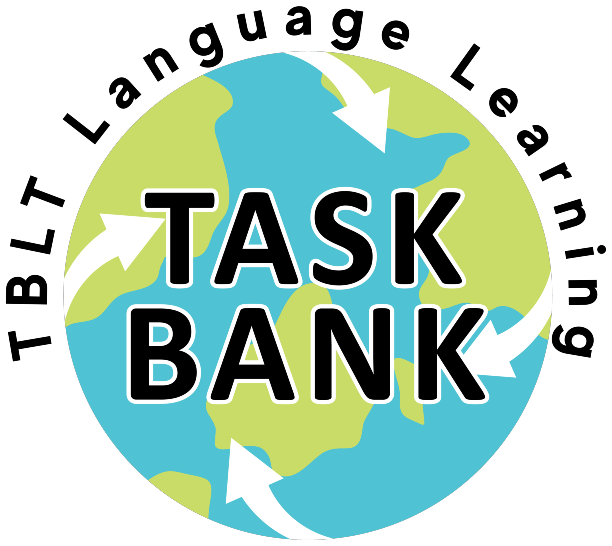Task Details
Title
Arrangements over the phone
In this task the learner does...
In this task the learners will interact with other learners in a group in order to achieve a number of communicative goals over the phone. The communicative and linguistic goals of this task include making arrangement over the phone and be exposed and practice formulaic language typically associated with calling.
Task Flow
Willis task cycle
Language Characteristics
Focus on meaning
Focus on form
Communicative gap
Reliance on learners' own resources
Task Goals
To solve a communication problem or gap
To make a decision or choice
To reach an agreement
Other - to make arrangements
Language Skills Practiced
Speaking/Pronunciation
Listening
Pragmatics
Reading
General Domain
Occupational
General Topic
Making arrangements over the phone. It was designed for a English for Communication Studies course, so it could be part of a unit on making arrangements over the phone and e-mail.
Target Languages
English
Other - The structure of the task could be kept the same but it could be translated and adapted to any other language
Abilities Fostered
Sociolinguistic competence (ability to communicate in ways that are socially appropriate given the context)
Discourse competence (ability to communicate in cohesive and coherent ways)
Strategic competence (ability to solve communication issues as they arise)
Cognitive Skills
Checking
Comparing
Explaining
Organizing
Planning
Mode of Communication
Face-to-face (in person)
Digital (online)
Synchronous
Video-conferencing
Type of Participation
Pair work
Focused or Unfocused
Focused task (specific language focus)
Focus Type
Pragmatics
Language Features
Formulaic expression related to phone use, prepositions associated with phone language
Input/Output
Input providing
Output prompting
Kind of Input
Manipulated authentic/genuine (authentic input edited for L2 learners)
Elaborated
Output Type
Fluency
Functional adequacy
Type of Input
Aural (listening) input
Written input
Concrete input
Type of Output
Oral output
Type of Task
Two-way
Decision-making
Information-gap
Problem-solving
Task Features/Conditions
Numerous elements - Students must deal with a schedule in which there many items, which makes it difficult for them to make arrangements. Task complexity could be manipulated along the number of elements, which would allow the teacher to make it easier or more difficult to learners to reach an agreement.
Reasoning demands
Two/multiple-way information flow (dialogic)
Task part of a multi-task sequence
Intercultural differences required/assumed
Outcome
Closed solution
Convergent outcome
Appropriate Learners
18-22 years
22-40 years
40-60 years
60+ years
Proficiency Framework
Yes - the Common European Reference Framework (CEFR)
Proficiency Levels
CEFR: B2
CEFR: B1
CEFR: A2
Learner Individual Differences
Foreign language learners
Second/additional language learners
Context
School setting - Upper levels of high school, university, private language schools for adults
Face-to-face setting
Online setting
Hybrid face-to-face and online setting
Immersion context
Second/additional language context
Foreign language context
Context Details
Content and language integrated learning
Language for specific purposes context
Task-based program
Task-supported program
Migrant adult learners in receptive classes
Working adults
Used in Research?
No
Do you have plans to publish this in the future?
Yes
Part of a series?
Yes (please provide details) This task could stand alone, but I plan on uploading others that are thematically related to this one
Uploader Name
Roger Gilabert
Uploader Email
rogergilabert@ub.edu
Uploader Affiliation
University of Barcelona
Uploader Identity
Teacher - University level. English for communication studies.
Researcher - Task-based language teaching, second language production, multimodal learning, game-based learning
Teacher trainer - I train teacher at the undergraduate and graduate levels
Uploader Relationship
I am the sole creator of this task
Creative Commons
Agreed


 Arrangements over the phone with teacher key after review after all reviews.doc
Arrangements over the phone with teacher key after review after all reviews.doc